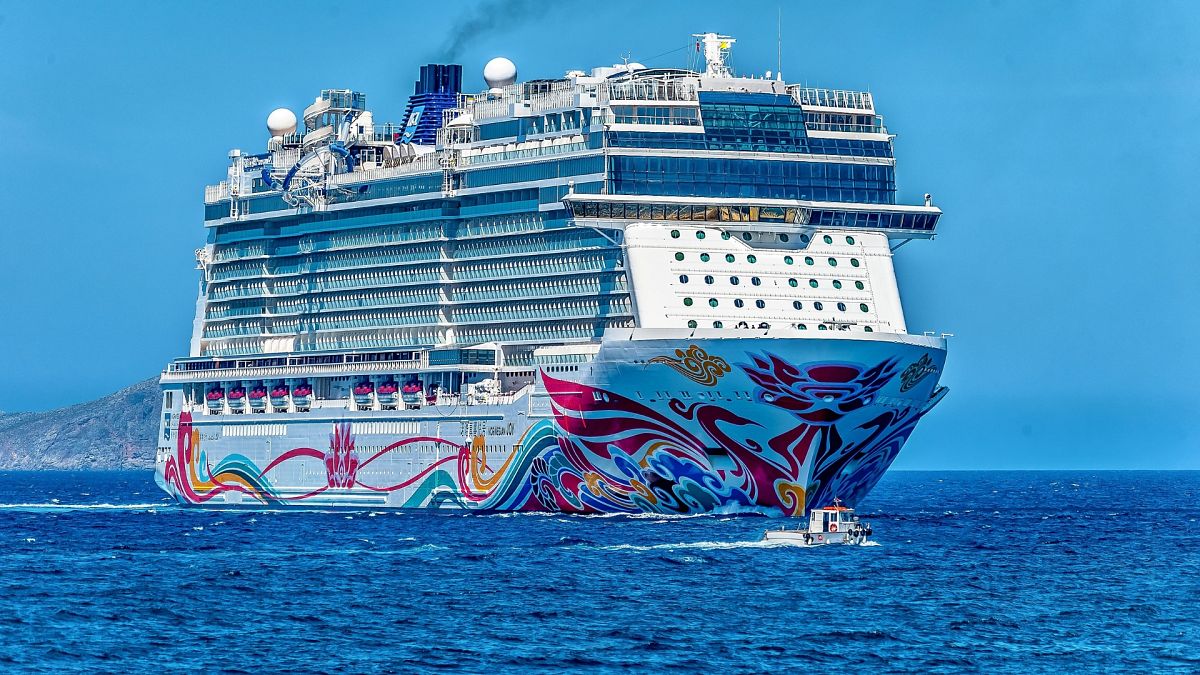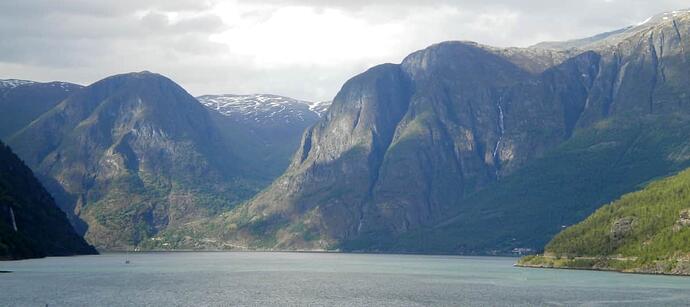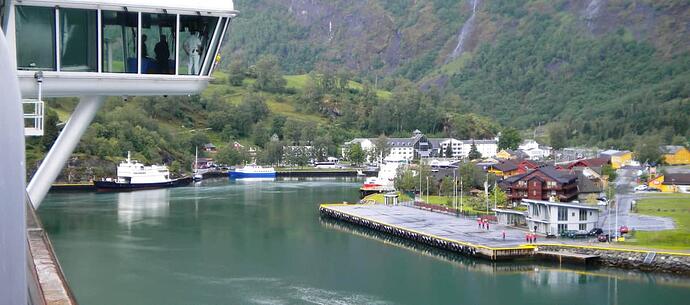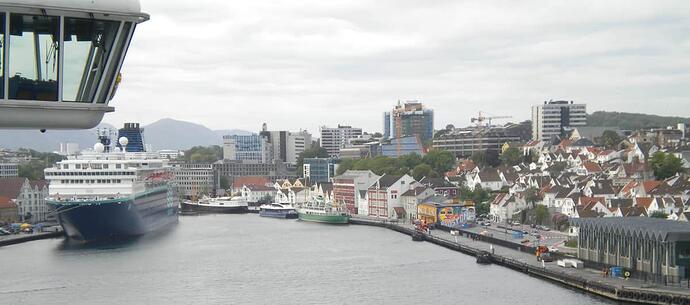It means the central cruise terminal on the River IJ near Amsterdam’s main train station will close.
Politicians said the vessels were not in line with the city’s sustainable ambitions. It is the latest measure to clamp down on mass tourism in the city. Amsterdam has become a victim of its own popularity, attracting 20 million annual visitors - some drawn by its party city reputation.
The council has been trying to scrub up, banning cannabis smoking on the streets of the red-light district. In March the council launched an online campaign urging young British men considering holding their bachelor parties in Amsterdam to stay away.
Cruise ships had become a symbol of the problem of over-tourism, and the motion to move them out of the centre passed by a large majority. “Polluting cruise ships are not in line with the sustainable ambitions of our city,” the centre-right party D66, which runs the city along with social democrats and environmentalists, said in a statement quoted by AFP news agency.
The passage of cruise ships, it said, was also not compatible with plans for new bridge between the city’s historic southern district and the Noord district, the focus of recent development projects.
Good news … ![]()
During the COVID pandemic, European cities struggling with over-tourism experienced what life could be like without cruises. For some, it triggered attempts to ban or limit the number of ships that call at these ports.
In 2021, Venice stopped large cruise ships from anchoring in its historic centre. Damage to the lagoon saw UNESCO threaten to put the city on its endangered list unless the ships were permanently banned.
They argue that the big ships cause pollution and erode the foundations of the city which already suffers from regular flooding. The ban means that large cruise and container vessels can no longer enter Venice’s Giudecca canal which leads to its famous St Mark’s Square.
Other cities could soon follow suit, including Barcelona, Marseille, Santorini and Dubrovnik.
In the USA, too:
Monterey Bay in California has had little to no ships since before COVID. It used to see around seven to 12 a year and this year several operators were scheduled to visit once again. But in February, the city sent a clear signal to cruise lines that it doesn’t want them to return.
Bar Harbor in the US state of Maine also decided to put tough limits on the number of tourists that could disembark from ships. From 2024, just 1,000 passengers and crew will be allowed to visit each day. The average number of people on a cruise is now around 3,000 guests meaning this is a tough blow for operators looking to dock in the town.






